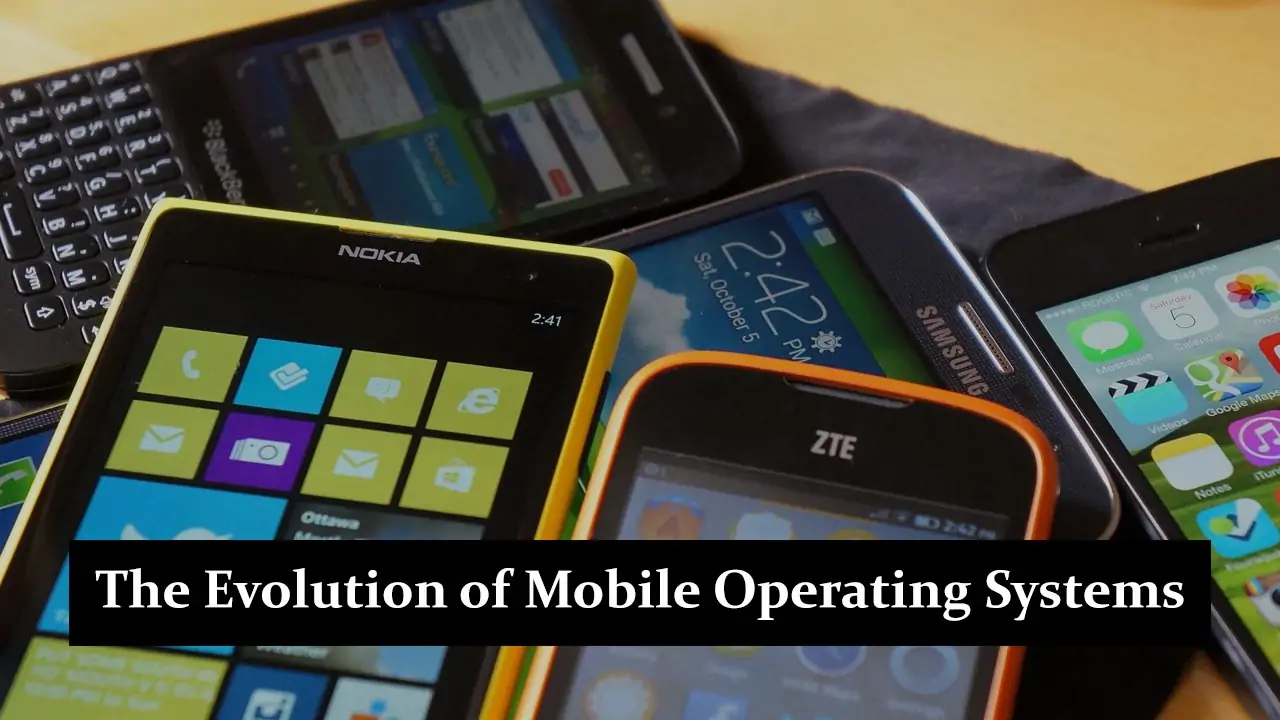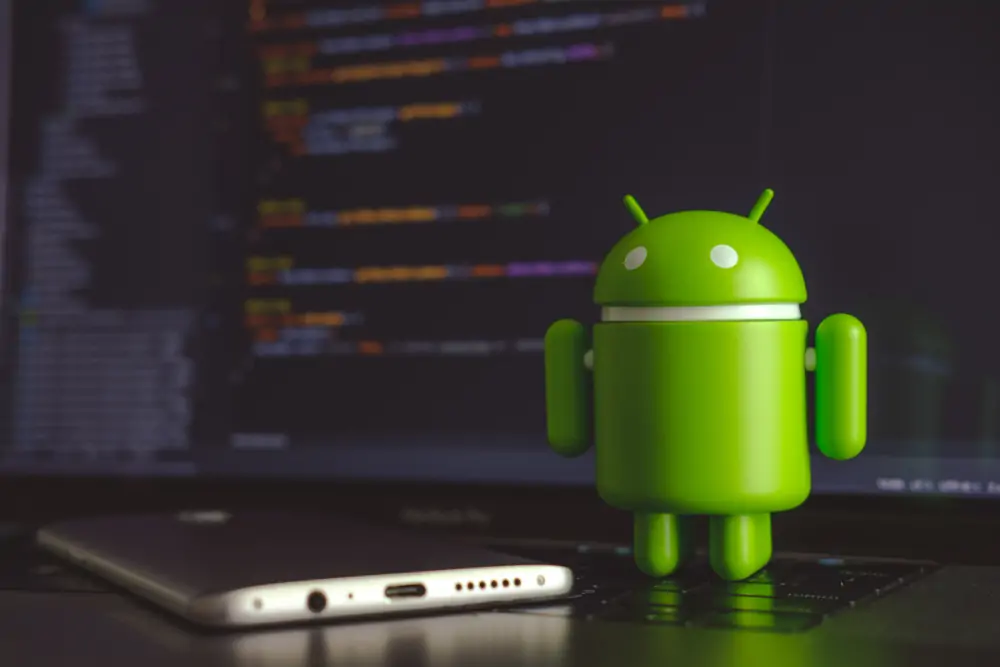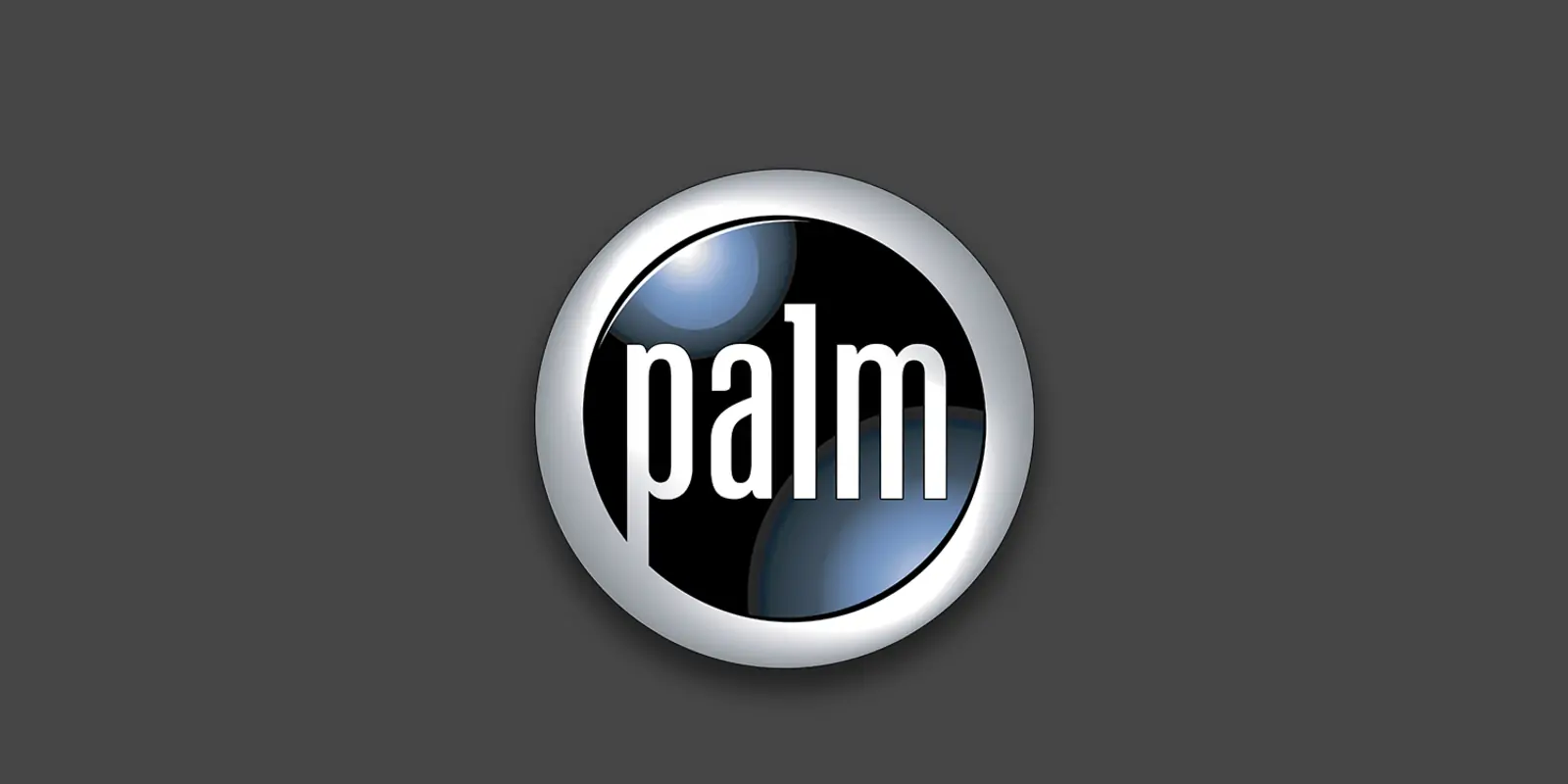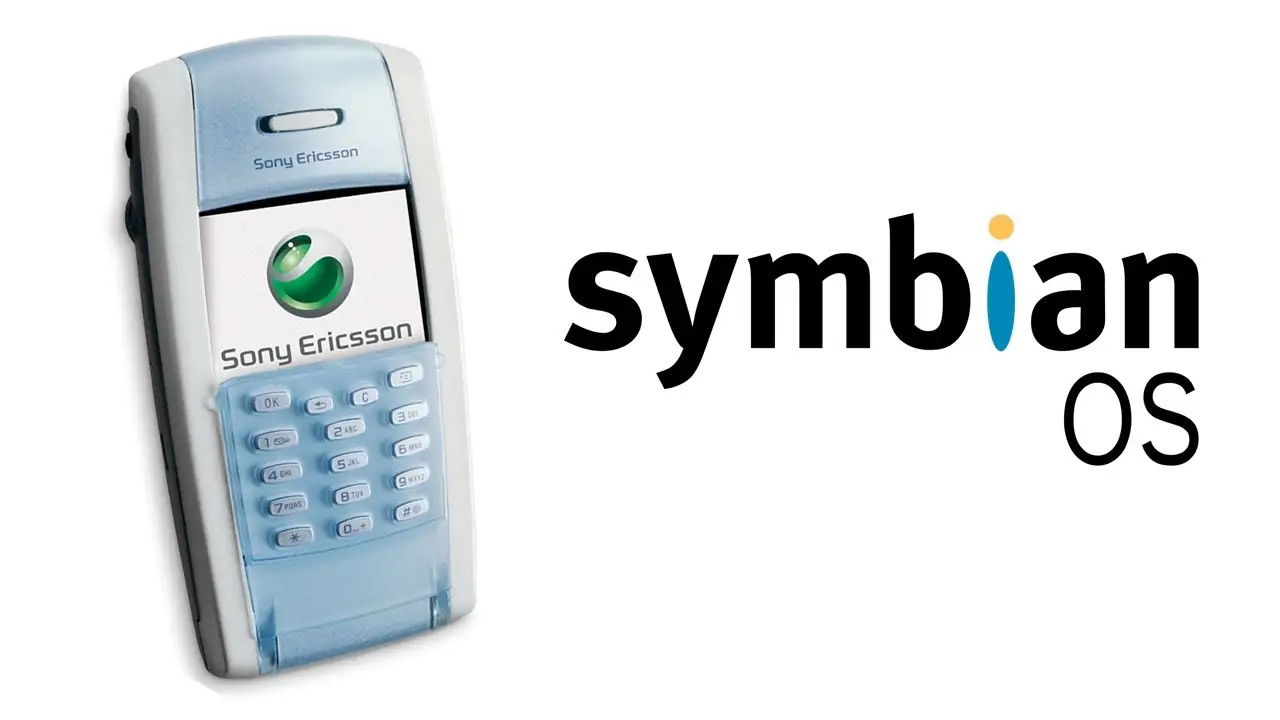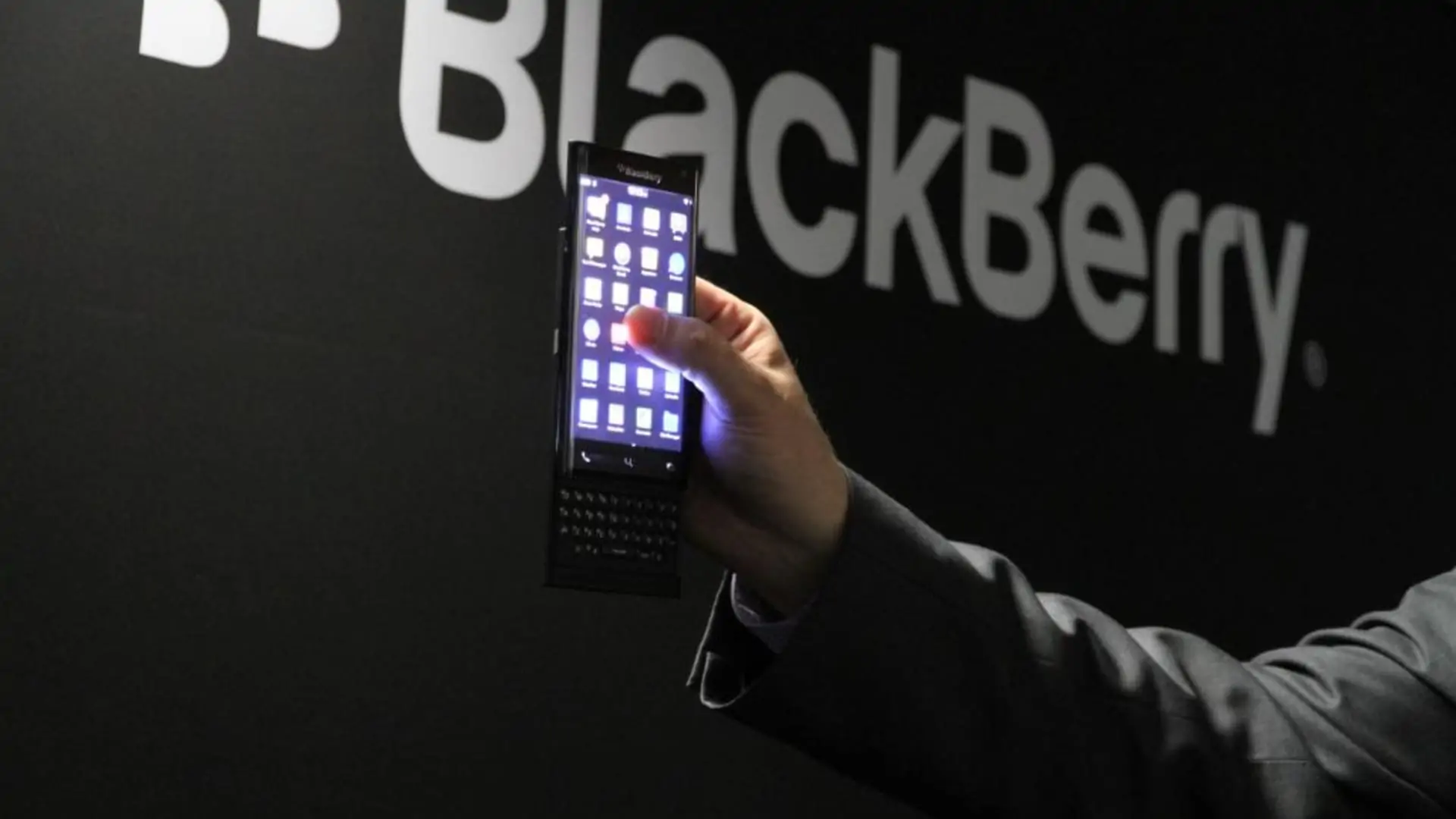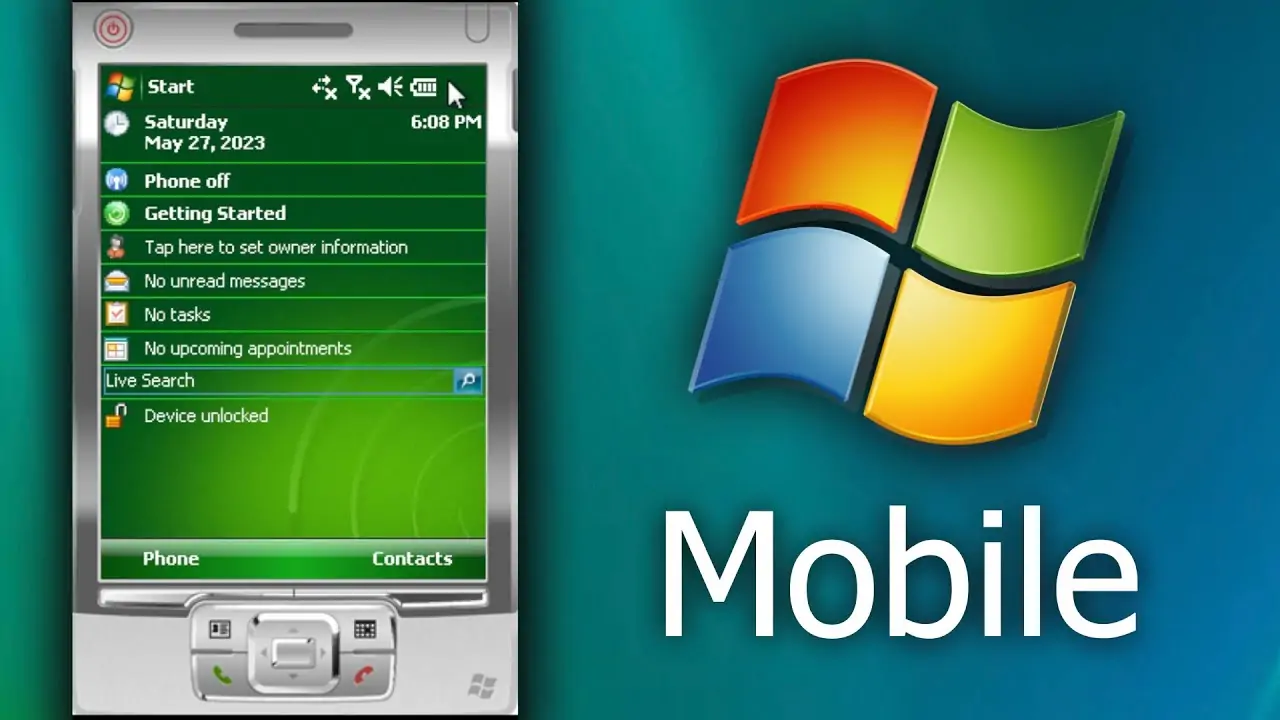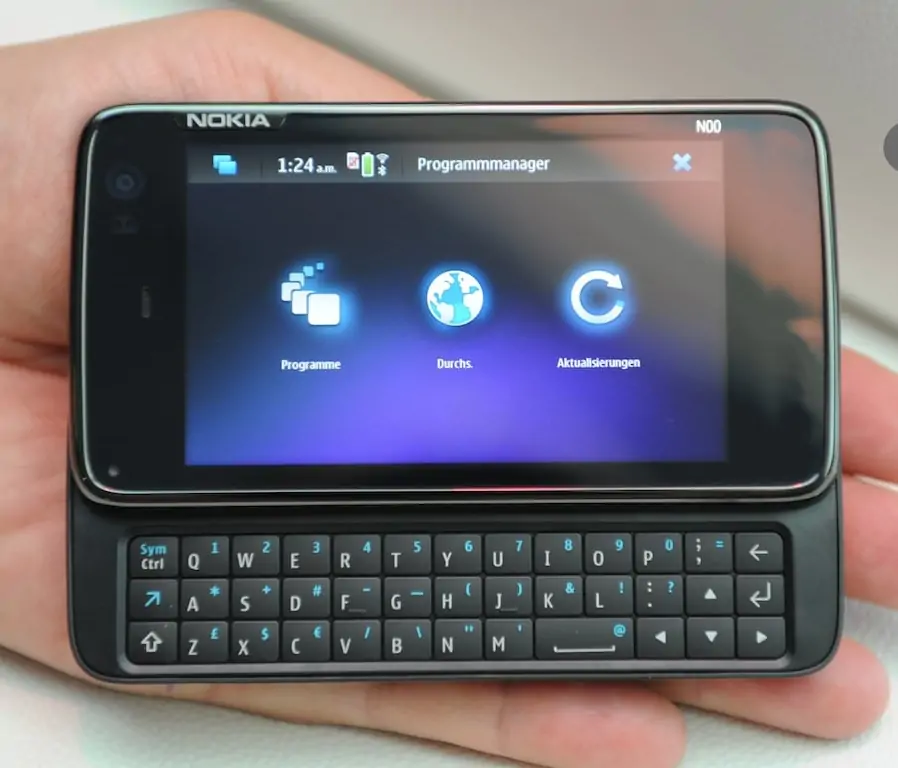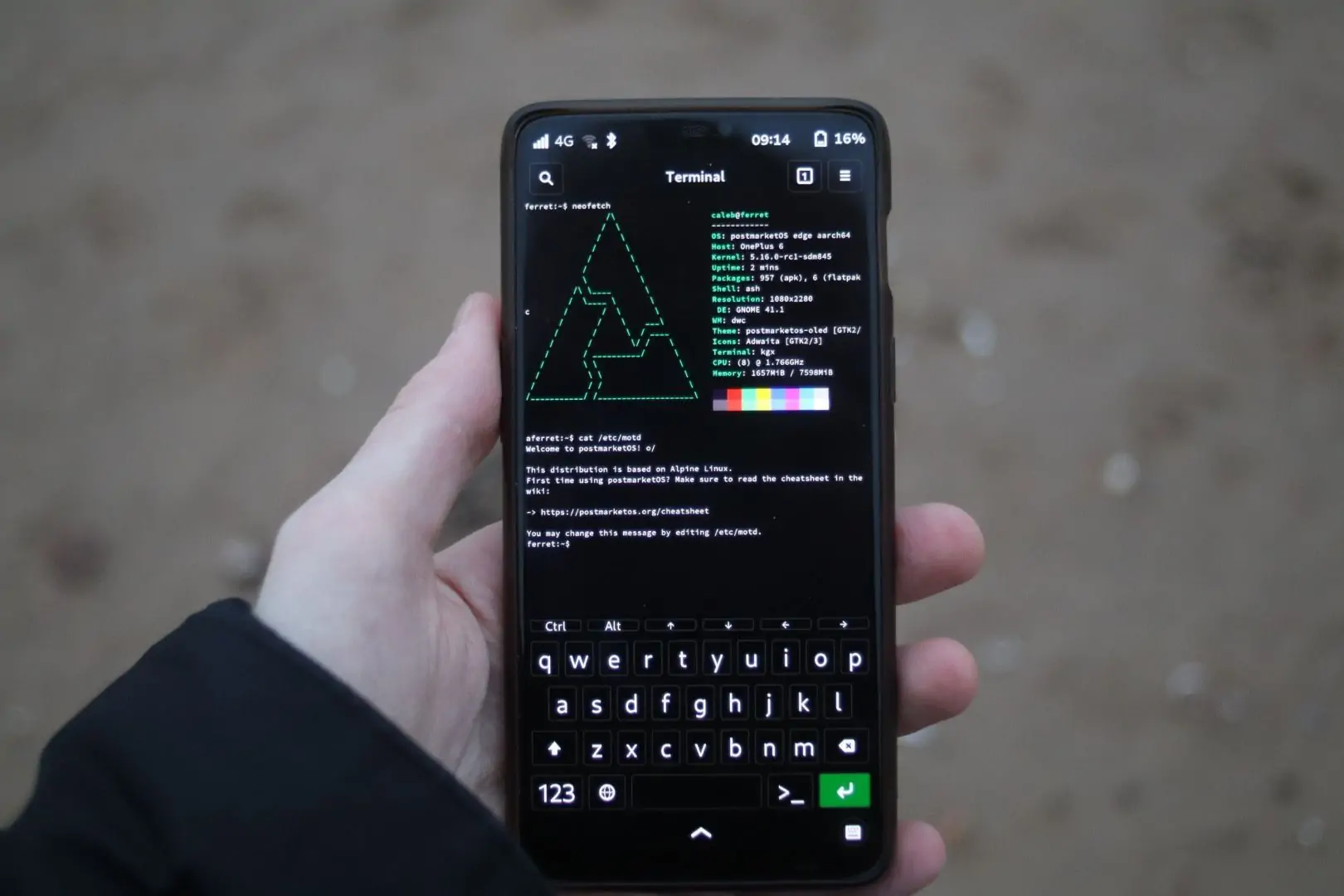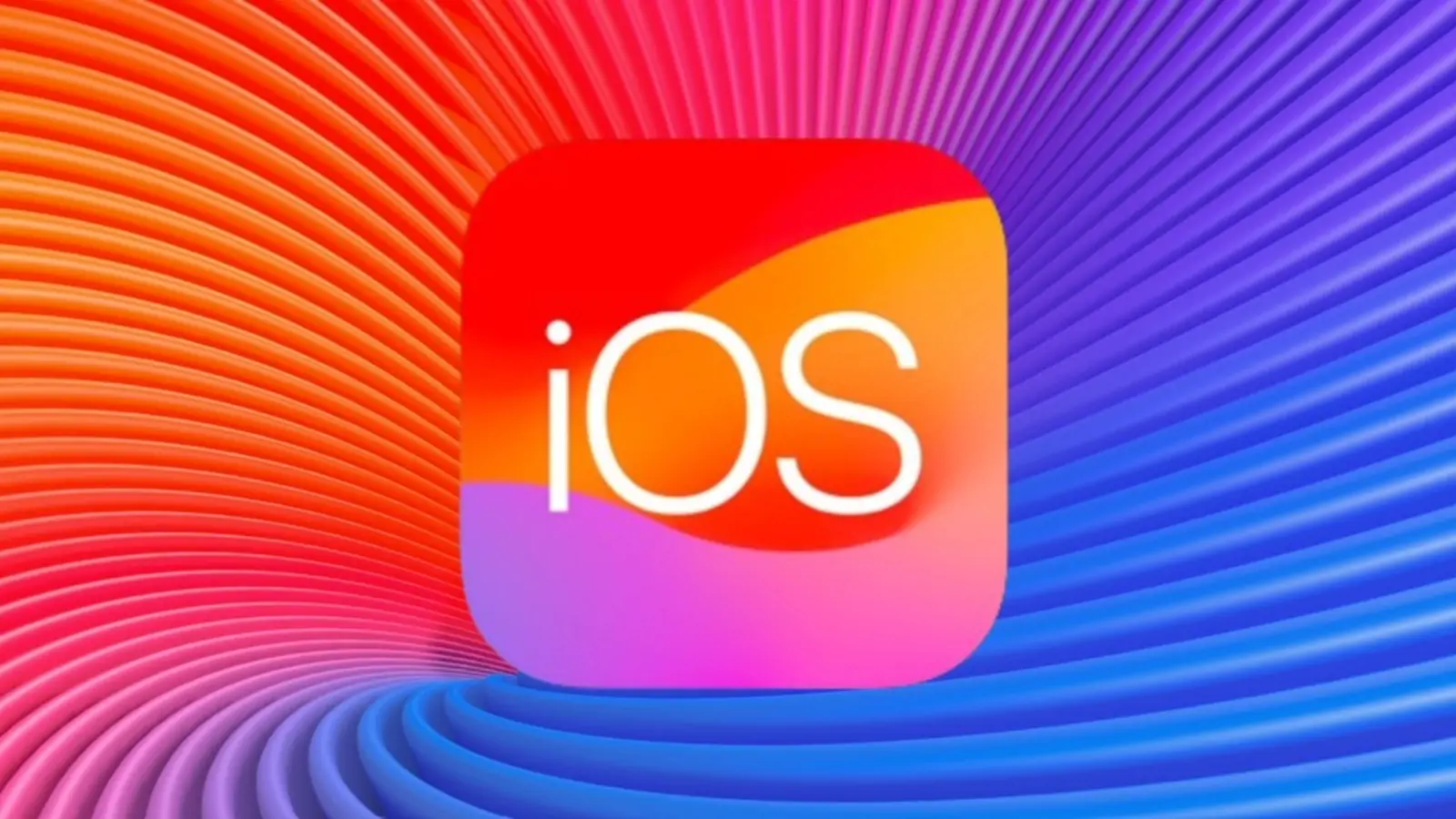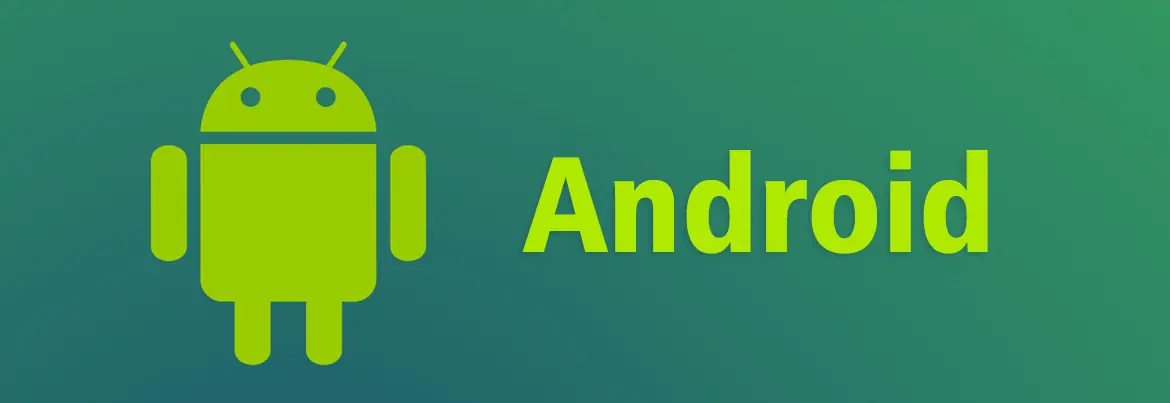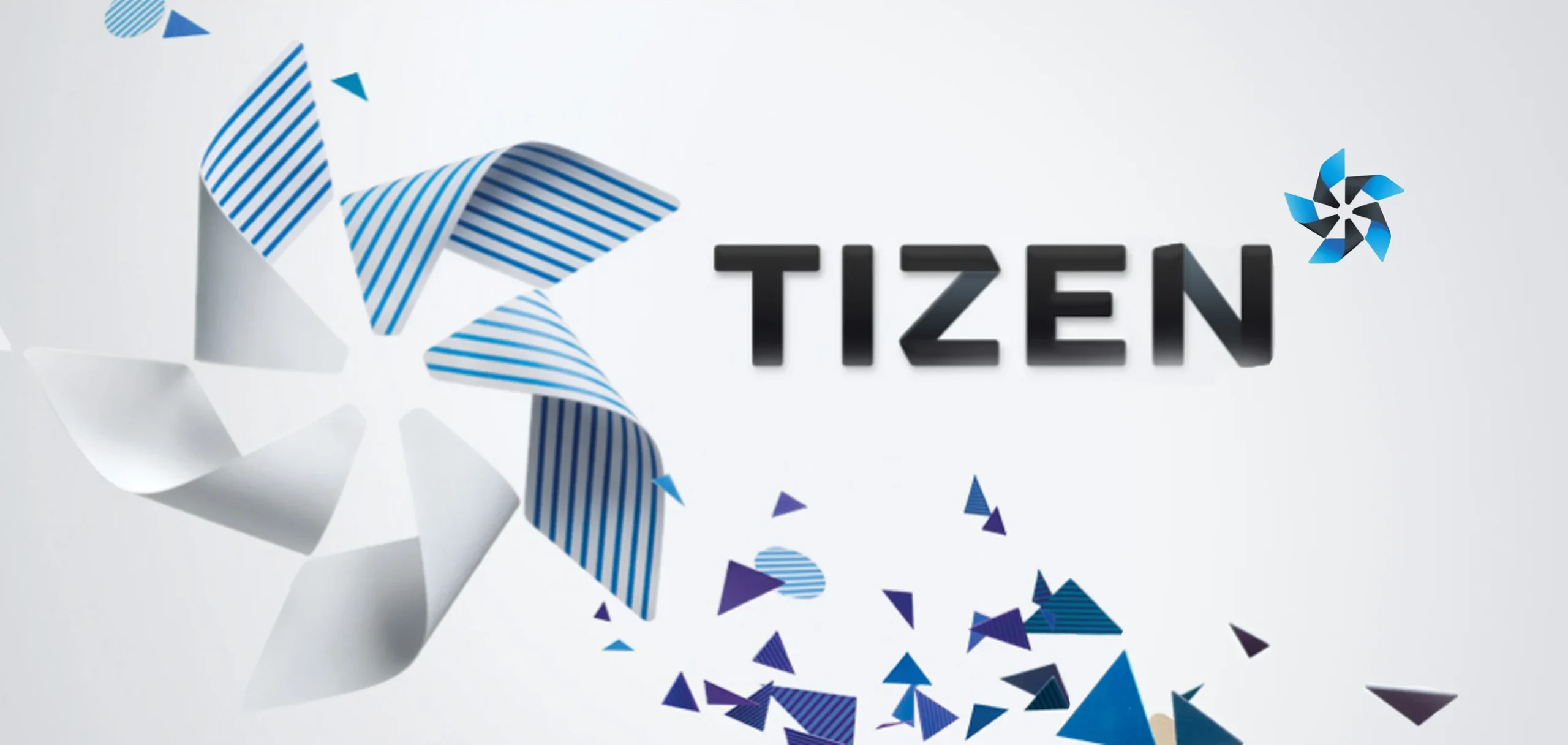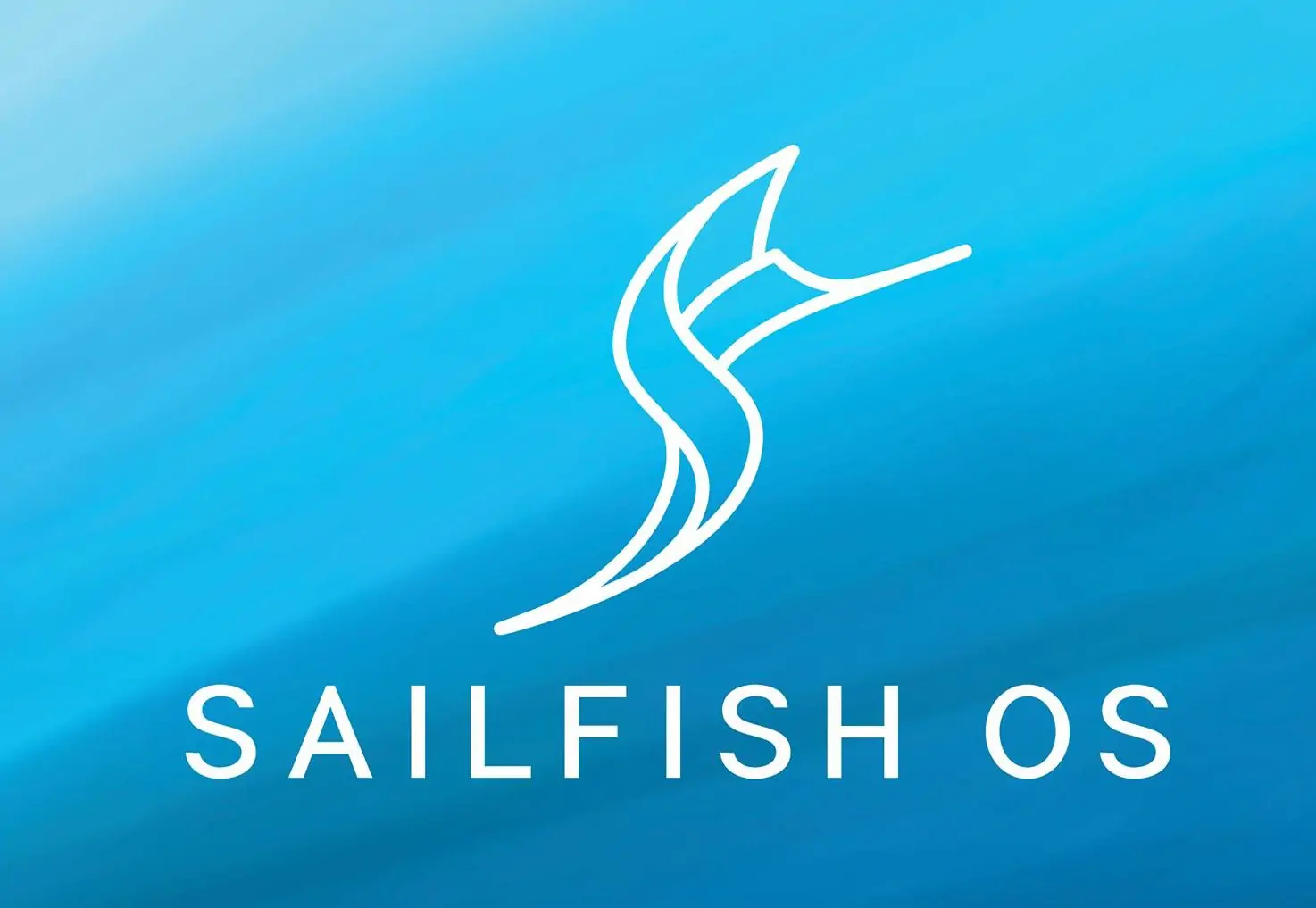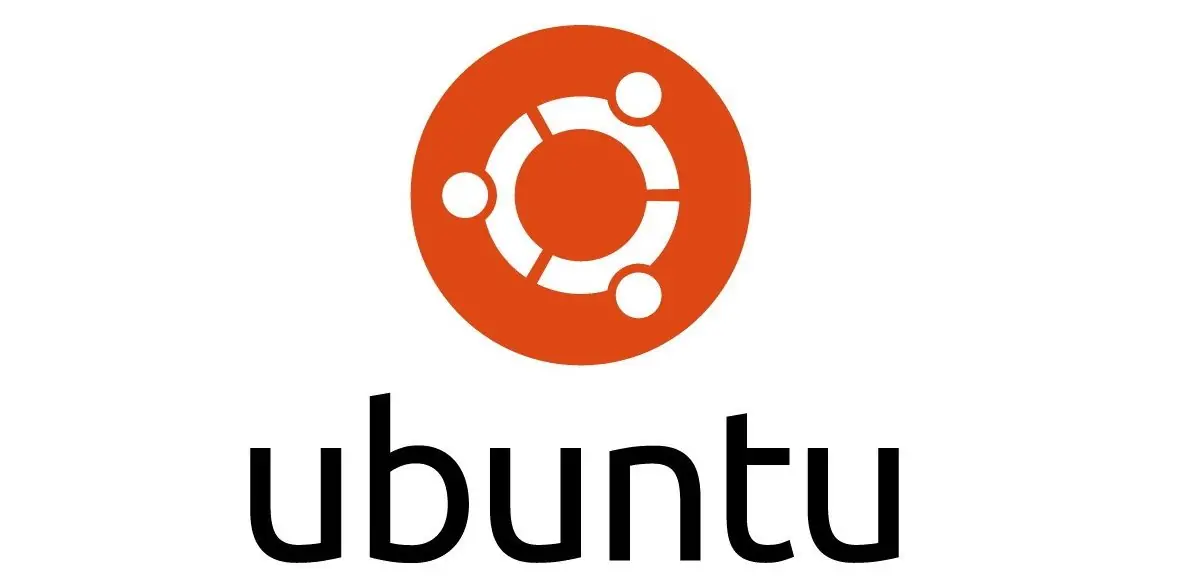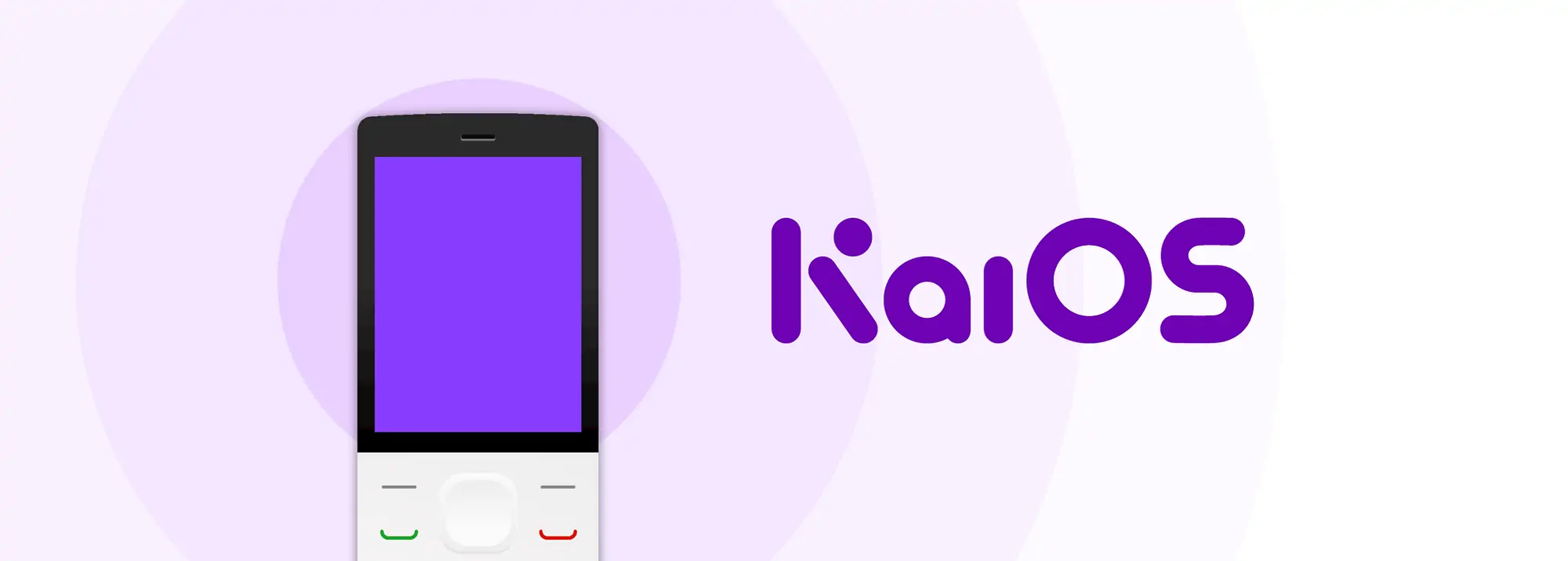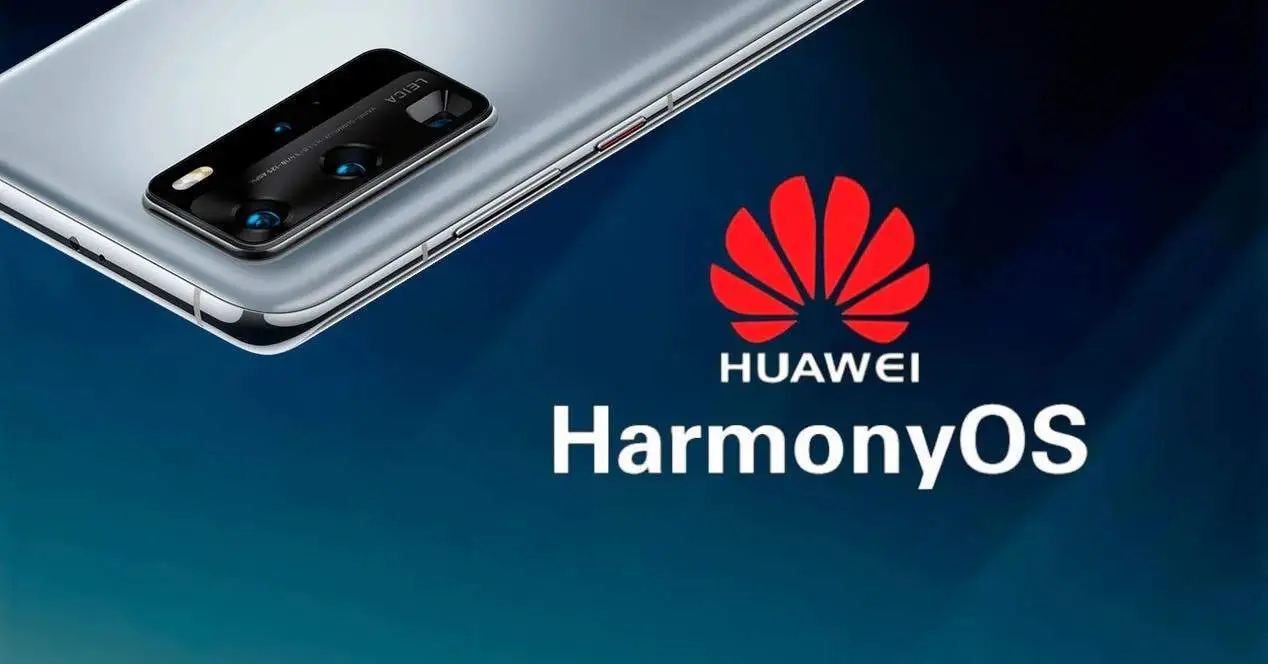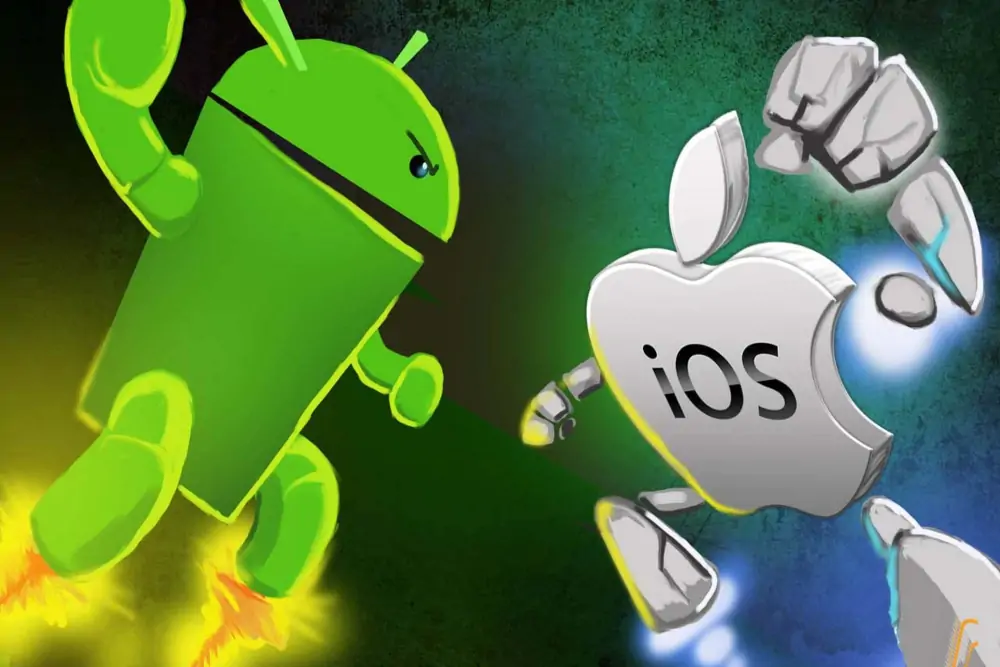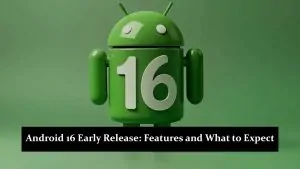Mobile operating systems (OS) are the software that powers smartphones and tablets, enabling apps, calls, and messages. Major OS examples include Android, iOS, and Windows Mobile. Understanding their evolution highlights the technological progress and innovations in our devices. This knowledge helps us appreciate current features and anticipate future advancements. Studying mobile OS history shows how far we have come and where we might be headed.
Early Mobile Operating Systems
Several operating systems played significant roles in the early days of mobile technology. Some notable early mobile OSs include Palm OS, Symbian, BlackBerry OS, Windows Mobile, iOS, Android and Linux-based systems like Maemo and LiMo.List of Mobile Operating System (OS)
Palm OS
Palm OS, developed by Palm, Inc., was introduced in 1996 as one of the pioneering operating systems for personal digital assistants (PDAs). Designed to provide an efficient, user-friendly interface, Palm OS quickly gained popularity for its simplicity and effectiveness in managing personal information and applications on compact devices. By the early 2000s, Palm OS had captured a significant market share, with millions of units sold, particularly dominating the PDA market before the advent of smartphones. Key features included Graffiti handwriting recognition, a robust suite of built-in applications, and strong third-party developer support, positioning Palm OS as a cornerstone in the early evolution of mobile computing.
Symbian OS
Symbian OS, initially developed by Psion and later managed by Symbian Ltd., was launched in 1998 as a robust operating system designed for smartphones. Emerging from the collaboration of industry giants such as Nokia, Ericsson, and Motorola, Symbian OS quickly became the leading platform for mobile devices in the early 2000s. At its peak, Symbian powered over 100 million smartphones globally, offering advanced features like multitasking, a rich application ecosystem, and compatibility with various hardware configurations. Its user-friendly interface and efficient performance made it the preferred choice for numerous mobile manufacturers until the rise of iOS and Android reshaped the mobile OS landscape.
BlackBerry OS
BlackBerry OS, originally developed by Research In Motion (RIM), was launched in 1999 as a secure and efficient operating system tailored for mobile devices. Emerging from the vision of industry innovators, BlackBerry OS quickly gained prominence in the business sector, becoming synonymous with enterprise communication. At its peak, BlackBerry OS powered millions of smartphones worldwide, offering features like push email, a robust security framework, and a versatile app ecosystem. Its iconic physical keyboard and seamless integration with corporate networks made it the go-to choice for professionals until the advent of iOS and Android revolutionised the mobile operating system landscape.
Windows Mobile
Windows Mobile was a mobile operating system developed by Microsoft, first introduced in 2000 as Pocket PC 2000. It was designed for smartphones and mobile devices, offering features like touchscreen support and mobile versions of Microsoft Office. Windows Mobile saw various iterations, culminating in Windows Mobile 6.5, before being succeeded by Windows Phone in 2010. Despite its early innovations, Windows Mobile struggled to compete with iOS and Android, ultimately capturing only a small fraction of the mobile OS market before discontinuing.
Maemo
Maemo is a mobile operating system developed by Nokia, first released in 2005. Built on a Linux-based platform, It was designed for cell phones and internet tablets, offering a flexible and open-source environment for developers. The operating system gained attention for its multitasking capabilities and user-friendly interface, which set it apart from other mobile OS options. Despite its potential, Maemo faced stiff competition from other major mobile operating systems. It eventually merged with Intel’s Moblin project to form MeeGo in 2010, marking the end of its independent development.
LiMo
LiMo, short for Linux Mobile, was an open-source mobile operating system developed by the LiMo Foundation, which was founded in 2007 by a consortium of leading tech companies, including Motorola and Samsung. Designed to provide a flexible and customisable platform, LiMo aimed to reduce fragmentation in the mobile OS market by offering a unified Linux-based solution. Despite its collaborative approach and potential for innovation, LiMo struggled to gain significant market traction in the face of rapidly growing competition from Android and iOS. By 2012, the LiMo Foundation had transitioned into the Tizen Association, focusing on developing the Tizen OS.
iOS
iOS is a mobile operating system created by Apple Inc., first launched in 2007 alongside the original iPhone. Known for its intuitive user interface and seamless integration with Apple’s ecosystem of devices and services, iOS quickly became a dominant force in the mobile market. It introduced features like the App Store, revolutionising how users access and install applications and strong security measures to protect user data. Over the years, iOS has undergone numerous updates, continuously enhancing its functionality and user experience. As of 2023, iOS powers over a billion active devices worldwide, maintaining a significant global smartphone market share.
Android
Android is a mobile operating system developed by Google, first released in 2008. Based on the Linux kernel, Android is designed for touchscreen mobile devices like smartphones and tablets. Its open-source nature and flexibility have made it the most widely used mobile OS globally, with over 2.5 billion active devices as of 2023. Android’s key features include extensive customisation options, a vast app ecosystem available through the Google Play Store, and integration with Google’s suite of services. Regular updates and a strong developer community drive Android’s evolution, ensuring its prominence in the mobile technology landscape.
Advanced Mobile Operating Systems
Tizen
Tizen is an open-source operating system developed by the Linux Foundation in collaboration with Samsung and Intel. First released in 2012, Tizen is designed for various devices, including smartphones, smartwatches, smart TVs, and IoT devices. The operating system offers a flexible and scalable platform with a strong focus on performance and security. Tizen’s user interface is known for its smooth and intuitive design, while its compatibility with HTML5 makes it appealing to developers. Samsung has successfully implemented Tizen in millions of smart TVs and wearables, making it a significant player in the connected device ecosystem. As of 2023, Tizen continues to evolve, contributing to developing a wide range of smart and connected devices.
Sailfish OS
Sailfish OS is a mobile operating system developed by the Finnish company Jolla, first released in 2013. Based on the Linux kernel and Mer project, Sailfish OS offers a gesture-based user interface and strong multitasking capabilities. It supports Android apps through compatibility layers, allowing users to run various applications. Known for its privacy-focused approach, Sailfish OS provides robust security features and an open-source foundation, enabling customisation and flexibility for users and developers. Despite its niche market presence, Sailfish OS has garnered a loyal following and is used in various regions, particularly in Russia and China, for both consumer and governmental applications.
Ubuntu Touch
Ubuntu Touch is a mobile operating system developed by Canonical, the company behind the popular Ubuntu Linux distribution. Launched in 2013, Ubuntu Touch is designed for smartphones and tablets, offering a unique user interface that emphasises swipe gestures and edge-based navigation. The operating system aims to provide a converged experience, allowing a single device to function as both a mobile device and a desktop computer when connected to an external display. Despite initial enthusiasm, Canonical discontinued its official development in 2017. However, the project has continued under the community-driven UBports Foundation, which has kept Ubuntu Touch alive and continually improved it for various devices.
KaiOS
KaiOS is a mobile operating system based on the Linux kernel developed by KaiOS Technologies. Launched in 2017, KaiOS is designed for feature phones, offering smartphone-like functionalities on more affordable devices. It supports 4G LTE, GPS, and Wi-Fi and runs apps from the KaiStore, including popular services like WhatsApp, YouTube, and Facebook. KaiOS is particularly aimed at emerging markets, providing internet access to millions of users who may need help to afford smartphones. Its lightweight and efficient design allows it to run on devices with limited hardware capabilities, making it a significant player in bridging the digital divide. By 2023, KaiOS had been installed on over 150 million devices worldwide.
HarmonyOS
HarmonyOS is a multi-device operating system developed by Huawei, first announced in 2019. Designed to work seamlessly across various devices, including smartphones, tablets, smartwatches, and IoT devices, HarmonyOS aims to provide a unified and interconnected user experience. The system boasts a microkernel architecture for enhanced security, flexible deployment across different device types, and smooth performance with low latency.
Huawei developed HarmonyOS as part of its strategy to reduce reliance on external software ecosystems, particularly in response to geopolitical tensions affecting its access to certain technologies. As of 2023, HarmonyOS has been implemented in millions of devices globally, marking a significant milestone in Huawei’s push towards technological independence.
Current Landscape of Mobile Operating Systems
Dominance of iOS and Android
In today’s mobile OS landscape, iOS and Android dominate the market. iOS, developed by Apple, is known for its smooth user experience, strong security, and seamless integration with other Apple products. Android, developed by Google, offers a highly customisable platform and a vast app ecosystem, making it the most widely used mobile OS globally.
Ongoing Updates and New Features
iOS and Android regularly release updates introducing new features, enhancing security, and improving performance. iOS updates often include improvements in user interface, privacy controls, and integration with other Apple services. Android updates focus on customisation options, enhanced notifications, and better integration with Google services.
Android holds the largest market share, particularly in emerging markets and among budget-conscious consumers, due to its availability on various devices at various price points. While having a smaller market share, iOS dominates in premium markets, particularly in North America and Europe, where users often prefer its exclusive ecosystem and premium hardware.
Challenges and Opportunities in the Current Market
The mobile OS market faces several challenges, including security threats, privacy concerns, and the need for constant innovation to keep users engaged. However, there are also opportunities, such as the growing demand for smart devices, the potential of 5G technology, and the rise of new applications like augmented reality and artificial intelligence. IOS and Android are continuously evolving to address these challenges and capitalise on these opportunities, shaping the future of mobile technology.
Future of Mobile Operating Systems
Predictions for Future Developments
The future of mobile operating systems will likely see continued enhancements in user experience, security, and integration with other digital services. We can expect more advanced features driven by artificial intelligence, improved battery management, and seamless connectivity between various devices. Increasing virtual reality capabilities will become more integrated into mobile OS, offering new and immersive user experiences.
Potential New Players in the Mobile OS Market
While iOS and Android dominate the mobile OS market, new players may enter it. Companies like Huawei with HarmonyOS and open-source platforms like Sailfish OS may gain more traction. These new players must offer unique features and robust ecosystems to compete with the established giants.
Impact of Emerging Technologies
Emerging technologies such as 5G and the Internet of Things (IoT) will significantly impact mobile operating systems. 5G will provide faster and more reliable internet connections, enabling new applications and services that require high-speed data transfer. IoT will expand the role of mobile OS to manage and interact with a wide array of connected devices, from smart homes to wearable tech, enhancing convenience and functionality in our daily lives.
The Role of Mobile OS in the Evolving Digital Ecosystem
Mobile operating systems will continue to play a crucial role in the evolving digital ecosystem. They will be the central hub for managing and controlling various smart devices, ensuring seamless communication and interoperability. As digital ecosystems become more complex, mobile OSs must provide robust security, user-friendly interfaces, and efficient resource management. This will help users navigate the increasingly interconnected world of digital devices and services, making technology more accessible and integrated into our lives.
Conclusion
Mobile operating systems have developed significantly, shaping how we interact with technology and enhancing our daily lives. These systems have continuously innovated from the early days of Palm OS and Symbian to the dominance of iOS and Android. As we look to the future, mobile OS will remain crucial, integrating emerging technologies like 5G and IoT. Their ongoing development will keep driving the digital ecosystem forward, making technology more seamless and accessible.
